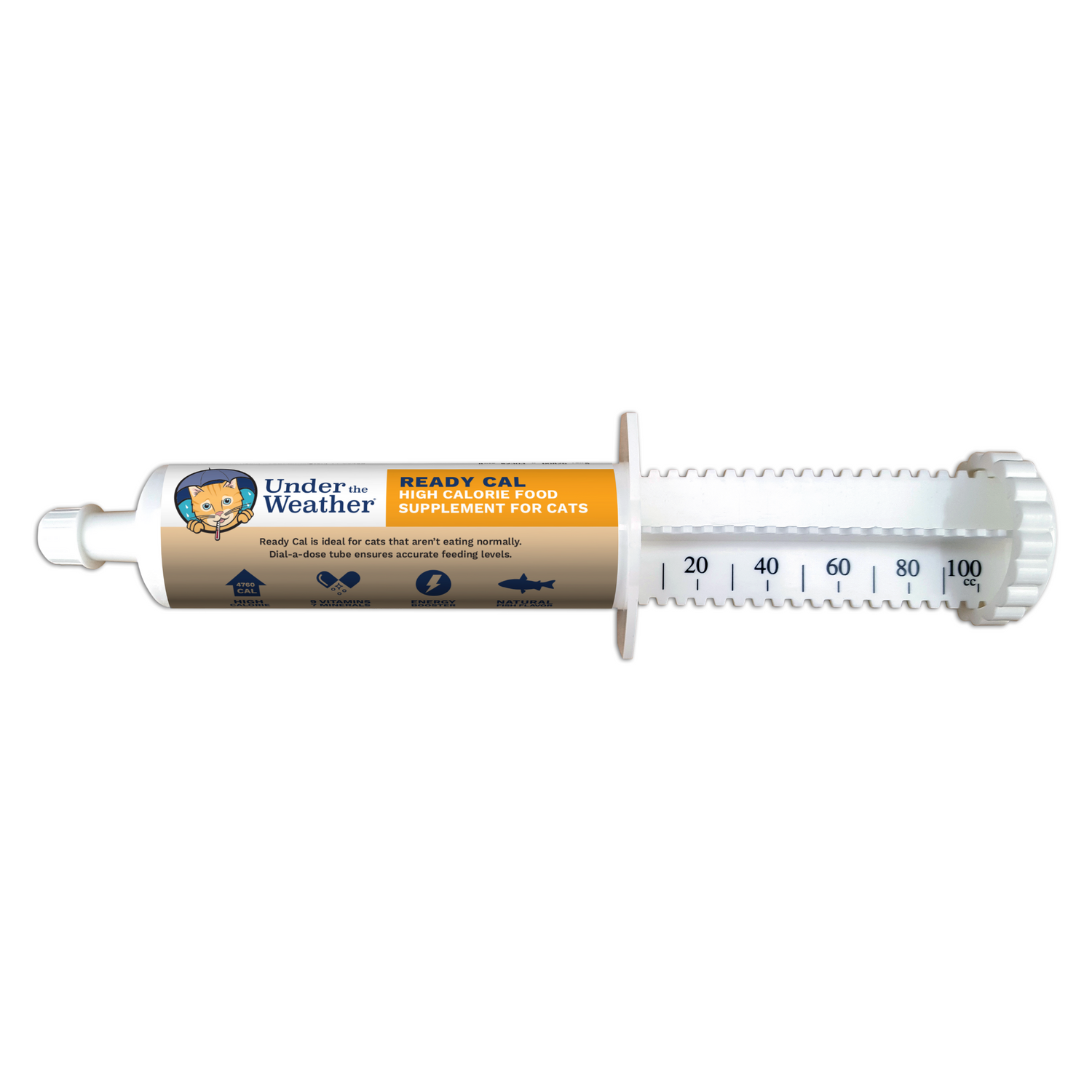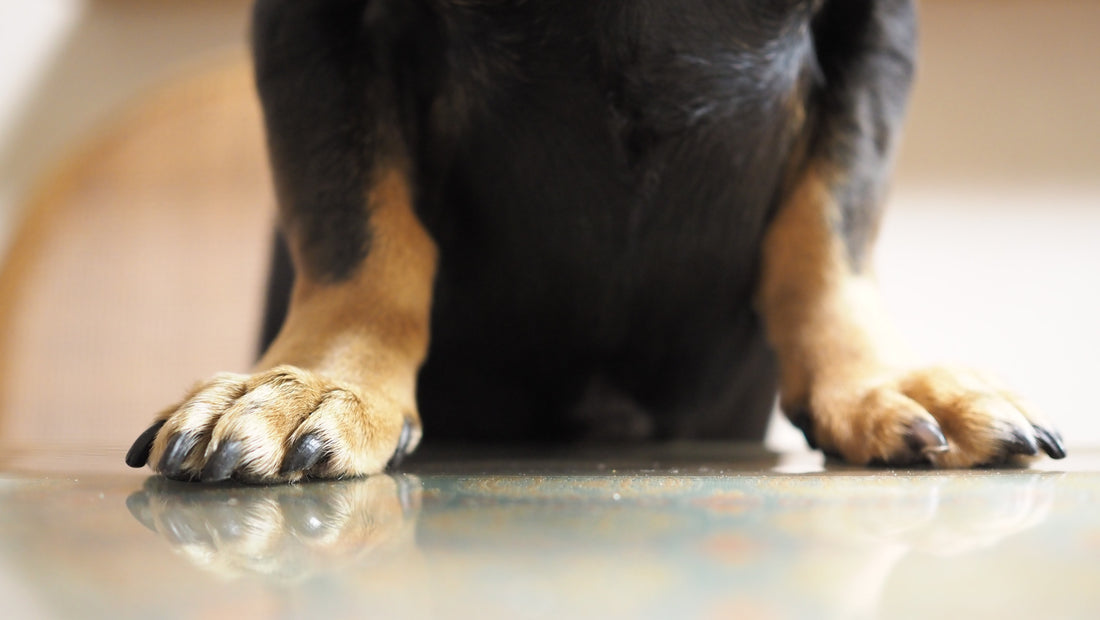Sure, dogs with short legs are cute, but what started as a desirable breed specific trait, typically for the purpose of hunting, has over recent years led to dogs being bred to further exaggerate these traits in search of “dwarf dogs”.
For some, the idea of a dog that never gets very big and visually retains the physical features of a puppy can sound appealing, but they should think twice before committing to a dog with this specific body type.
Along with the “cuteness factor”, the inherent traits of short legs and long backs come with some very serious and very costly health repercussions.
The Problem with Short Legs and a Long Back
Dogs with short legs and long backs experience health issues that other dogs do not, and they can be lifelong, debilitating, and life-threatening.
Due to their body type, breeds such as Dachshunds, Basset Hounds, Corgis, and French Bulldogs, often suffer from chronic back and neck pain.

IVDD is short for Intervertebral Disk Disease, a degenerative spinal disorder caused by a slipped disc, also known as a ruptured or herniated disc. Due to its effects on the spinal cord, this condition causes extreme pain and extensive mobility issues in dogs including paralysis.
Unfortunately, a dog with IVDD that has already had one ruptured disc, has a much higher risk of suffering another one in the future.
What You Need to Know
A “ruptured disc” due to injury may first present as a “bulging disc”.
Surprisingly, an “injury” can be caused by something as simple as your dog jumping off the couch, a movement that compresses the spine from the force of landing on their front feet.
Keep in mind, when a dog with long legs jumps off the couch, their legs absorb the impact far better than a dog with short legs.
Symptoms to Look For if You Suspect a Spine Injury
- Vocalizing pain when moving
- Weakness/stiffness/lameness in hind legs, and/or limping
- Walking with a wobbly gait and/or a hunched posture
- A lack of coordination
- Difficulty standing for any length of time
- Lethargy and lack of interest in normal activities
- Changes in mood and personality due to pain

Diagnoses and Treatment
Receiving a proper diagnosis is the first step for a dog experiencing back/spine/neck issues. This will almost always require an MRI.
Unfortunately, if a dog has lost mobility, along with control of their bladder and bowel function, surgery is the ONLY available option. But, depending on the severity of the condition, and if caught early enough, surgery may not be necessary. Treatment in these cases can include laser, physical, and even stem cell therapy, all of which require extensive crate rest, in combination with steroids/anti-inflammatories, sedation, and pain relief medications.
Preventing Back Injuries
Being proactive in preventing potential disc injuries takes foresight and commitment. But despite knowing the warnings about IVDD, many of us just assume "it won't happen to our dog", even though the statistics show this degenerative disease is rising at an alarming rate.
Adopt a Restrictive lifestyle
Never allow your dog to jump on or off furniture. Either restrict all access to furniture, or provide ramps and pet stairs.
Maintain a Healthy Weight
Nothing harms a dog’s back and joints more than carrying excess weight.
Promote Movement
Daily activity will prevent stiffness, helping to protect your dog’s spine from injury due to normal everyday movements.
Add Supplements
UTW is proud to have developed the first of its kind supplement that specifically targets disc and spine health!
Disc and Spine Chews for Dogs combines beneficial minerals and vitamins, essential for normal spine and disc function.
The combination of ingredients work together to reduce inflammation, while promoting healthy connective tissue, nerve function, and mobility.
Glucosamine helps support healthy development of cartilage to slow joint and disc deterioration
Ascorbic acid (Vitamin C) is incredibly instrumental in restoring and repairing body tissues
MSM provides a natural anti-inflammatory to reduce swelling of discs and joints
Chondroitin helps to reduce stiffness and pain
Turmeric fights inflammation to improve circulation and boost immunity
L-Taurine, an amino acid found in the spinal cord, can help support nerve growth
No one wants to see their dog in pain, and no one wants to be faced with a life-or-death surgery, especially if they do not have the money to pay for it. The cost of an MRI, simply to diagnose a disc injury can range from $2,000 - $4,500. And if you’re facing a life-saving surgery, the cost can be between $3,000 to $9,000 depending on the severity of the injury.
As we continue to breed dogs for the cute factor, the number of pets developing IVDD has risen to a level that the experts now consider an epidemic, forcing people to make heartbreaking decisions.
If you decide to bring a dog (with a long back and short legs) into your family, make sure to be proactive in preventing injury by following the advice we have outlined above.
And with the goal of raising awareness on this issue, read a personal story from Under the Weather’s founder, and her experience with Henry.

Products related to this article:
Every Sale Supports a Shelter Pet. Learn More.
Manufactured in Vermont. Learn More.
If you suspect your pet is sick, call your vet immediately. For health-related questions, always consult your veterinarian, as they have examined your pet, know the pet's health history, and can make the best recommendations for your pet.






